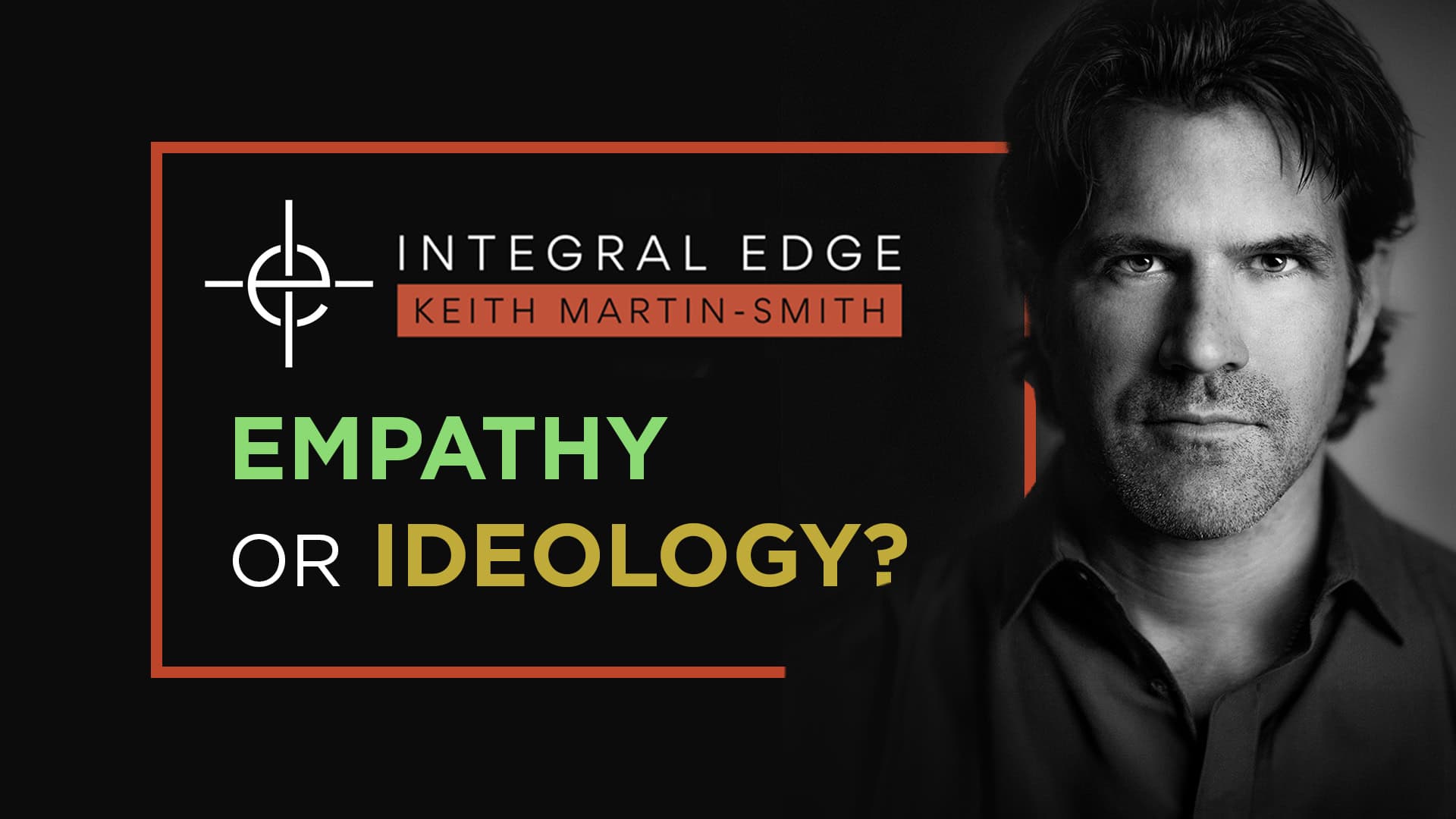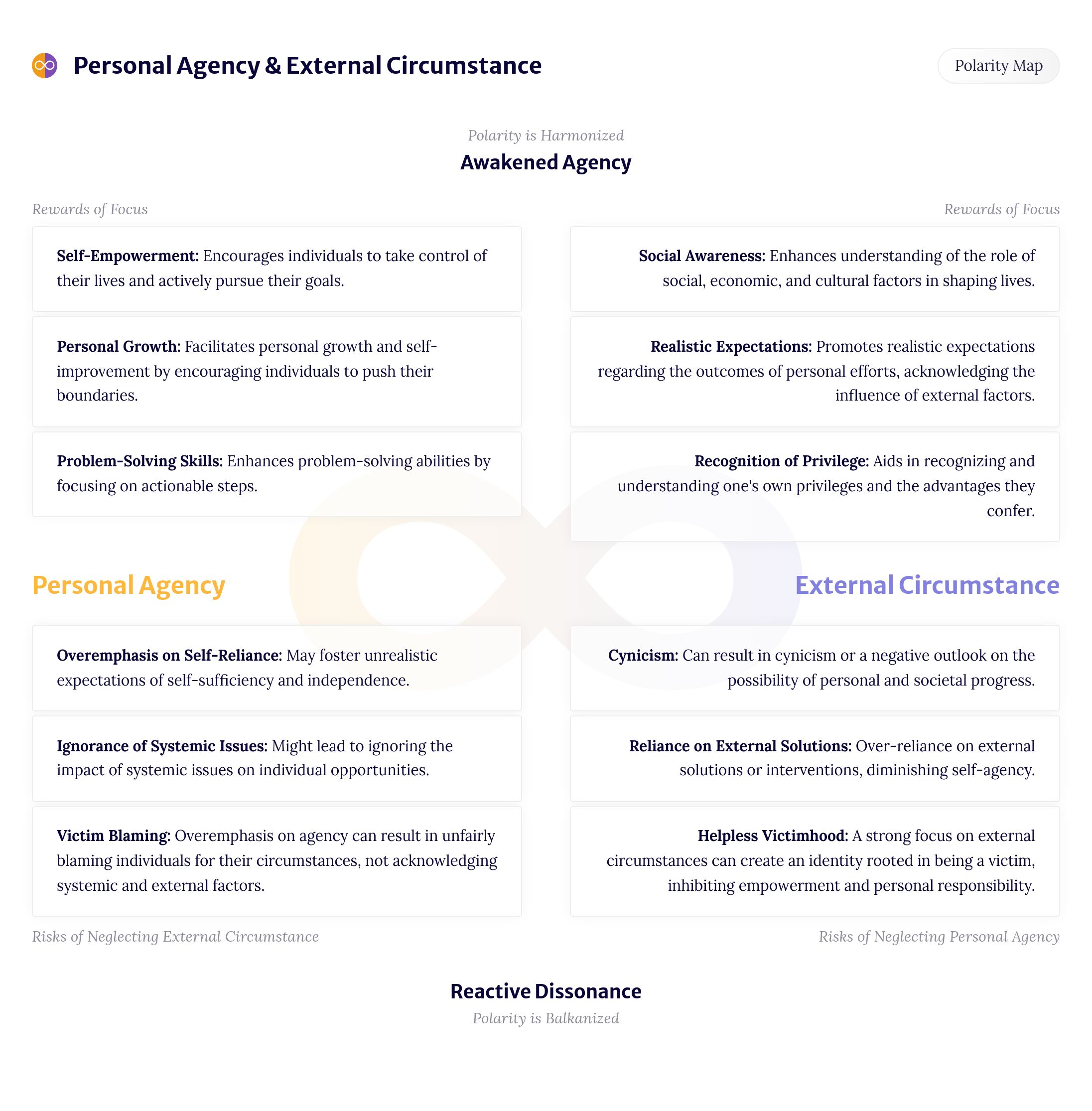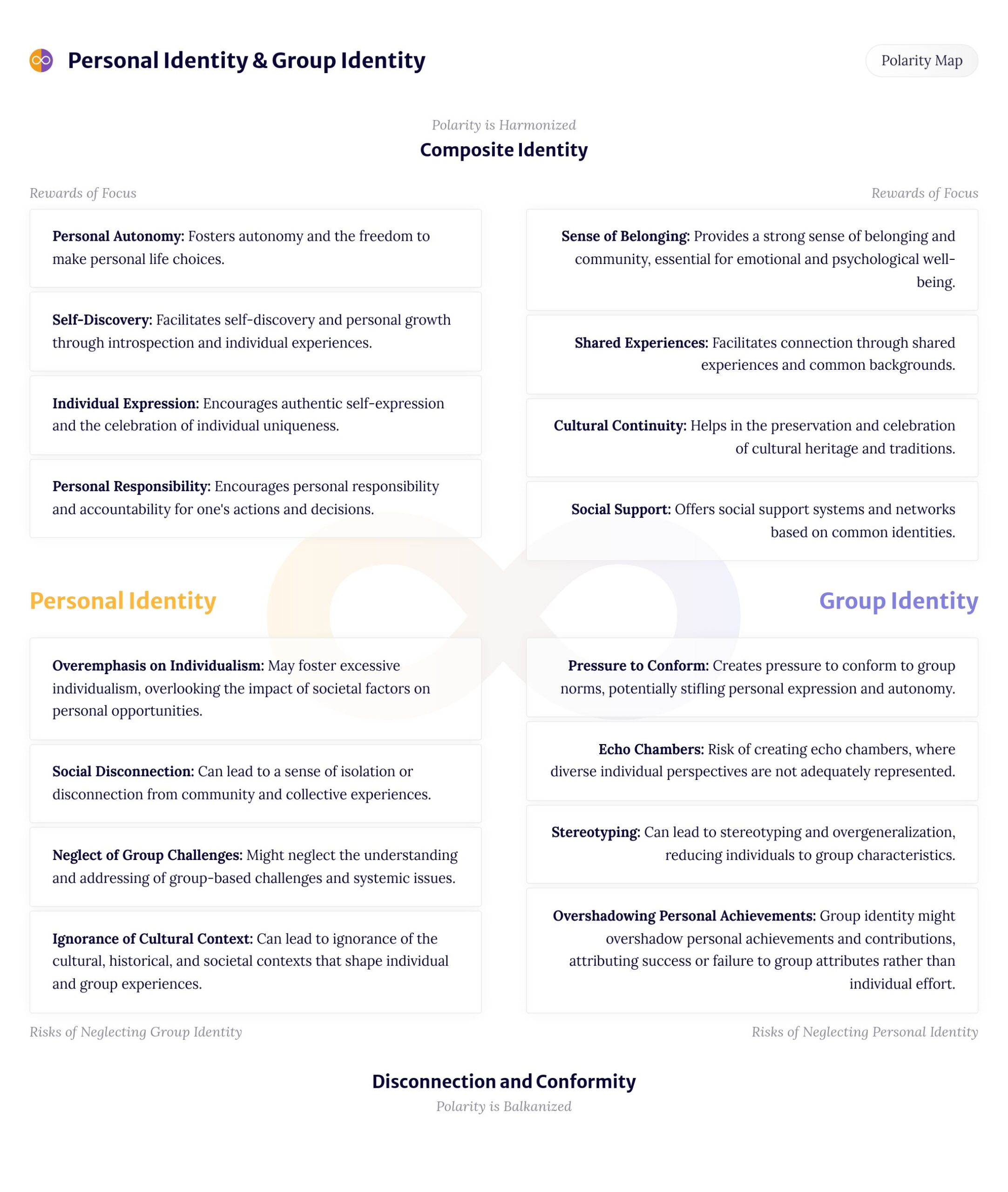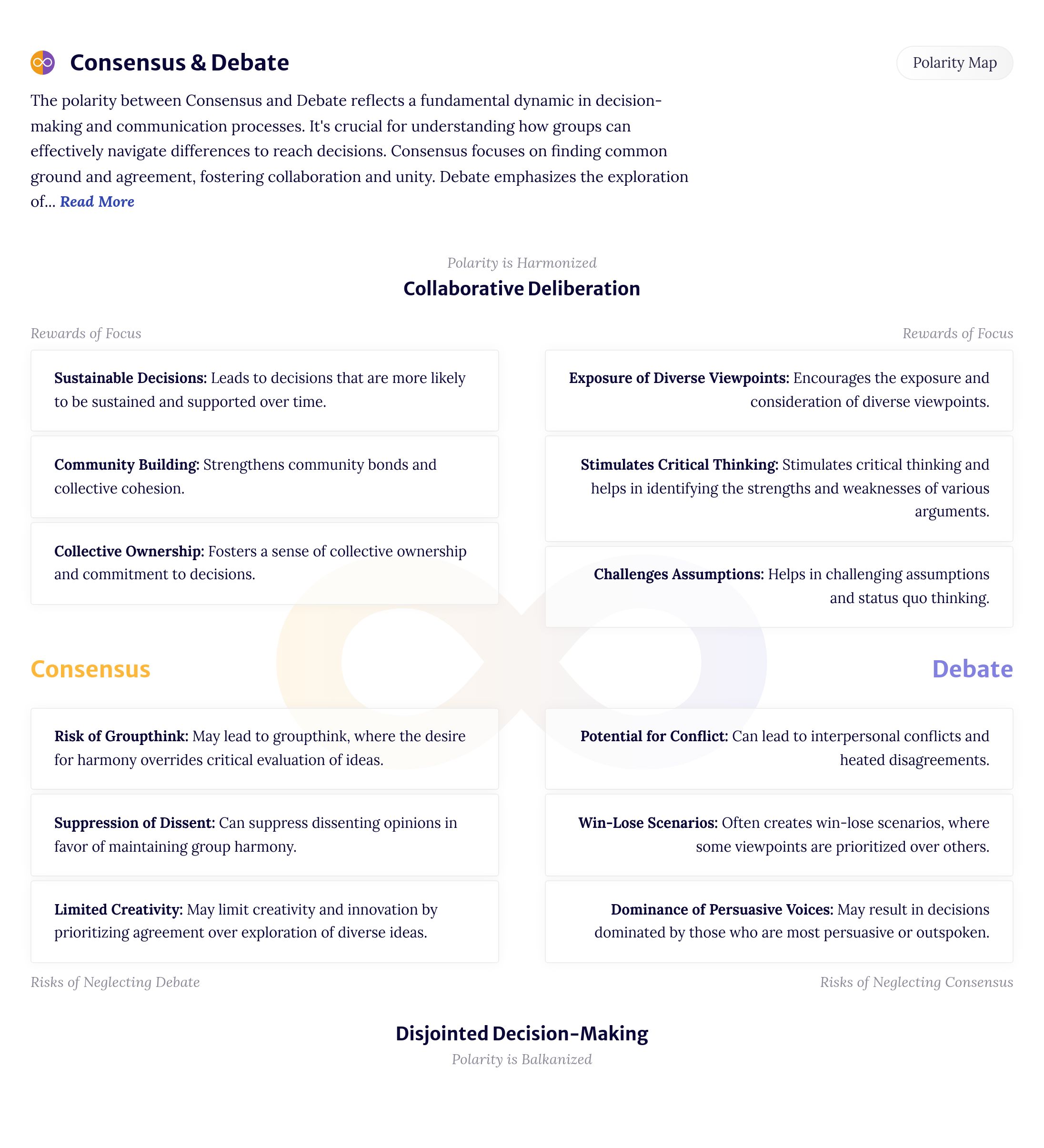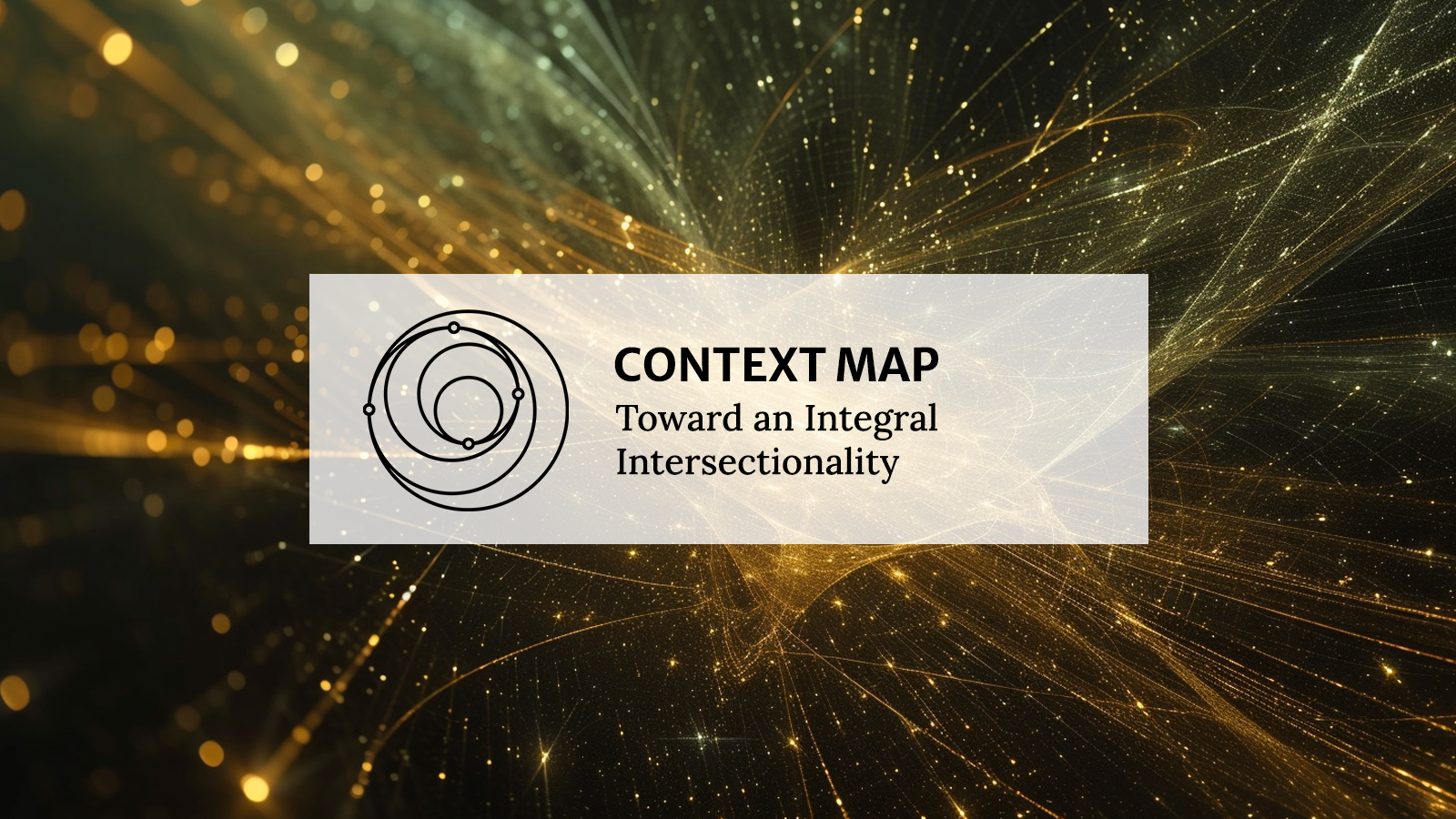Perspective Shift:
- DEI didn’t start as an ideology — it started as a moral correction. The origins of affirmative action were rooted in fairness and concrete injustice, not postmodern theory. It was meant as a temporary fix, not a philosophical worldview. Remembering this helps us re-center the conversation around shared moral intuitions, not tribal identity politics.
- What began as an empathy movement became a moral orthodoxy. Instead of fostering inclusion, DEI in its current form often punishes dissent and enforces ideological purity. Inclusion is no longer about access to opportunity — it now requires emotional safety, agreement, and compliance with specific beliefs about power.
- Real diversity includes ideological, cultural, and developmental perspectives. Current DEI often limits diversity to race, gender, and sexual orientation, excluding people with different worldviews, upbringings, or belief systems. True inclusion must make room for rural, religious, conservative, neurodivergent, and politically heterodox voices.
- Postmodern critiques are valid — but incomplete without a meta-view. Green/postmodern DEI sees cultural bias everywhere, but can’t see its own interpretive frame. It confuses internal feelings with external reality, and lacks the capacity to recognize its own cultural embeddedness.
- Inclusion that excludes is no longer inclusion — it’s identity absolutism. When DEI excludes dissenting voices, centers fragility over dialogue, and erases complexity in the name of moral certainty, it betrays its own purpose. Real inclusion means being strong enough to allow difference, not using inclusion as a weapon.
- The most powerful DEI is built on empathy, not ideology. DEI should not be a purity test — it should be an invitation to care more deeply across difference. When rooted in empathy, cultural intelligence, and developmental wisdom, it builds anti-fragile systems capable of navigating complexity and becoming truly inclusive.
In this wide-ranging, courageous, and deeply developmental exploration, Keith Martin-Smith tackles one of the most polarizing topics in contemporary culture: Diversity, Equity, and Inclusion. Tracing the historical evolution of DEI from its civil rights roots to its present-day institutional complexity, Keith examines how good intentions have often been overtaken by ideological rigidity, performative rituals, and empirical blind spots.
He breaks down the seven “deadly sins” of DEI — including its flattening of privilege, intolerance of dissent, and the shift from equal opportunity to enforced outcomes — while offering constructive, integral alternatives that retain the spirit of justice without sacrificing complexity, truth, or liberal values.
Drawing on developmental theory, Keith shows how DEI emerged from postmodern sensibilities but now operates largely through early-rational “expert” systems that enforce conformity rather than foster inclusion. He offers a vision of what DEI could look like if grounded in empathy, complexity, and anti-fragility — not coercion.
Whether you’re a staunch supporter of DEI, a skeptical observer, or somewhere in between, this is a conversation designed to challenge, deepen, and hopefully transform your understanding of one of today’s most important and misunderstood social projects.
What Are the Seven Deadly Sins of DEI?
Sin #1: Simplistic View of Privilege
Sin #2: Limited View of Diversity
Sin #3: DEI Can Be Intolerant (Ironically)
Sin #4: Overemphasis on Oppression and Power
Sin #5: Equality of Outcomes = Racist and Sexist Policies
Sin #6: Tribal Identities
Click here for a comprehensive overview of qualities, traits, and types that shape our identity.
Sin #7: DEI Can Be Anti-Liberal
Click here for examples of anti-liberal DEI positions in all four quadrants.
 Context Visualization: Toward an Integral Intersectionality
Context Visualization: Toward an Integral Intersectionality
This project aims to create a comprehensive analysis capturing a wide array of factors influencing human experience and identity. This initiative seeks to elevate traditional DEI approaches by introducing the concept of a “Kosmic Address,” viewing each person as a unique constellation of various traits and qualities.
The concept of a Kosmic Address posits that every individual can be understood as a specific point in a vast, multidimensional space, located by their unique combination of traits and qualities across multiple spectrums. This includes factors like physical traits, psychological development, personality types, sex and gender identities, multiple intelligences, life conditions, and more. It’s akin to a complex, dynamic coordinate system that pinpoints the exact ‘location’ of an individual in the Kosmos of human experiences.
Enhanced Intersectionality
Incorporating the notion of a Kosmic Address leads to a more powerful and inclusive understanding of intersectionality. It recognizes that individuals are not just a sum of separate attributes like race, gender, or class, but are instead complex amalgamations of multiple, interwoven dimensions. This perspective allows for a deeper appreciation of the unique pathways and experiences of individuals, acknowledging that each person’s Kosmic Address is a singular combination that cannot be fully replicated.
Purpose
This tool is designed to facilitate a richer understanding of human diversity, enabling individuals and organizations to approach DEI with a more integral, holistic perspective.
Applications in DEI
This enhanced approach transcends traditional DEI models, promoting a more inclusive, comprehensive understanding of identity. It empowers the recognition and celebration of each individual’s unique Kosmic Address within the tapestry of human diversity.
Conclusion
The project aligns with the integral vision of recognizing the multidimensionality of human beings. By adopting the concept of Kosmic Address, it contributes to a more nuanced, empathetic, and effective way of engaging with diversity, equity, and inclusion, encouraging a deeper respect for the vast spectrum of human experience.
In our comprehensive exploration of human identity and experience through the concept of a “Kosmic Address,” it’s vital to recognize that the myriad typological factors we’ve outlined play a significant role in shaping individual life paths and choices. This multifaceted approach helps in understanding why certain groups may be underrepresented or overrepresented in specific fields or vocations.
While recognizing the potential impact of systemic barriers and oppression, it’s equally important to consider that a range of typological factors, including physical, psychological, developmental, and cultural types, among others, significantly influence individual predispositions and choices. For instance, the underrepresentation of a particular racial group in long-distance running records or the prevalence of one gender in certain professions can often be attributed to a constellation of these typological factors, rather than solely to systemic oppression.
This nuanced understanding aids in evaluating the concept of “equal outcomes” as a measure of “equal opportunities.” Equal outcomes can indeed serve as a useful barometer for assessing the existence of equal opportunities across groups, but this assessment requires a careful consideration of the various typological factors at play. Factors such as inherent physical abilities, cultural influences, personal interests, and psychological predispositions must be factored in to gain a more accurate and holistic understanding of representation in various domains.
Such an approach acknowledges that while striving for equality of opportunity is essential, expecting uniformity in outcomes without accounting for the diversity of human typology may overlook the rich tapestry of individual differences and choices. It emphasizes that equal opportunity should lead to the empowerment of individuals to pursue paths aligned with their unique constellation of traits and preferences, rather than enforcing a uniform distribution across all fields and vocations.
In conclusion, the project’s integral vision, which recognizes the multidimensionality of human beings and their diverse “Kosmic Addresses,” contributes to a more nuanced, empathetic, and effective way of engaging with diversity, equity, and inclusion. This approach encourages a deeper respect for the vast spectrum of human experience, understanding that diversity in outcomes is a natural reflection of the complex interplay of various typological factors shaping each individual’s unique journey.
New episodes of Integral Edge every second and fourth Wednesday of the month at 10 AM PT. See our events calendar to join the live discussion!
 Key Questions
Key Questions
Here are some questions you can contemplate while listening to this discussion. We suggest you take some time to use these as journaling prompts.
- What does “inclusion” mean to me — and who do I quietly exclude while using that word? Am I open to people who challenge my worldview, or only to those who match my identity and values?
- Do I confuse subjective harm with objective injustice? Can I tell the difference between feeling excluded and being systematically excluded? How do I verify that difference?
- Where do I benefit from the very systems I critique? Can I name the privileges—economic, educational, social, spiritual—that give me the platform to critique privilege in others?
- Can I love more widely without losing my discernment? What happens when I try to include those I feel are regressive, rigid, or even oppressive? Can I expand my care without collapsing my clarity?
- Where do I flatten complexity in order to feel righteous? Do I reduce people to their race, gender, class, or beliefs—just to make the world easier to explain or to judge?
- Am I more focused on being seen as good — or doing what is truly helpful? How often do I perform allyship, inclusion, or empathy for social acceptance rather than grounded, inner conviction?
- Have I ever used the language of inclusion to exclude someone I disagreed with? What would it mean to actually include them? What discomfort does that bring up in me?
About Keith Martin-Smith
Keith Martin-Smith is an award-winning author, writing coach, and Zen priest. He is passionate about human connection, creativity, and evolution. His books include "The Mysterious Divination of Tea Leaves", "A Heart Blown Open", and "The Heart of Zen". His most recent book is his first novel, "Only Everything", a novel that explores the promise and the pain of following an artist's path.

